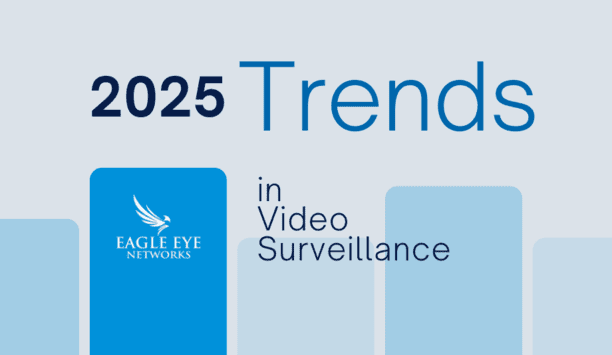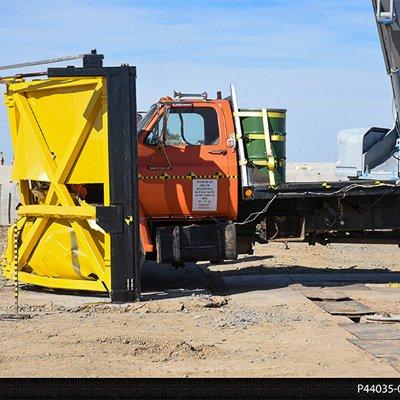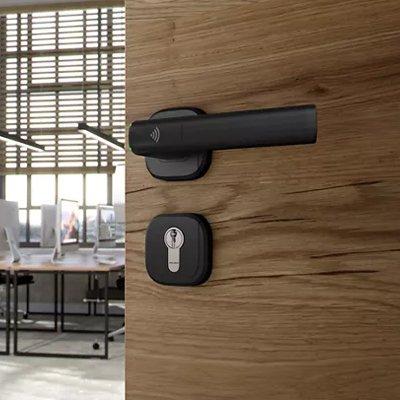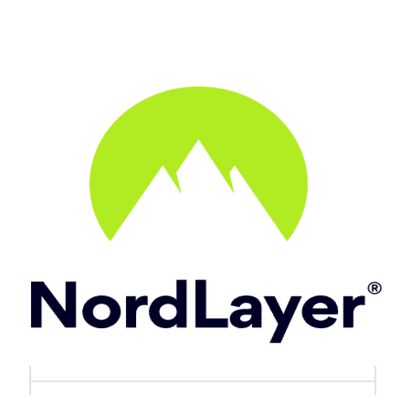The Open Security & Safety Alliance (OSSA), an industry body comprised of influencers and innovative organisations from all facets of the security, safety and building automation space, announced a series of milestones achieved in the past 20 months since the Alliance opened its doors.
Significant markers include the OSSA common Technology Stack and two resulting specifications, the introduction of the first OSSA-inspired digital marketplace, and the newly unveiled “Driven by OSSA” designation for the first commercially available video security devices based on the Alliance philosophy and purpose. These accomplishments roll up into the organisation’s overall vision of ‘one global approach to fuel the creation of new value within the security and safety space.’
Consistency across video security devices
The OSSA-orchestrated ecosystem is designed to enhance trust, and to enable innovation and opportunity for industry stakeholders and customers. The initiative is anchored by OSSA’s first Technology Stack, which describes the fundamental thoughts on how to create harmony across video security devices to enhance trust and enable innovation. Under the umbrella of this guiding document, and further solidifying it, the Alliance is now launching the first two in a series of technical specifications, being:
OSSA Application Interface Specification
This technical specification (available to OSSA members only) defines a set of four interfaces which collectively enable third-party software applications to run on video security cameras following the Technology Stack.
- The input stream describes the video frames and messages the applications can subscribe to.
- The web API describes how applications can make use of the camera’s webserver to support, configuration and data upload to the application.
- The system APIs provide system information regarding OS version, capabilities and information about the video security camera. This is needed to understand the features and APIs that are available on the cameras to make use of device-specific functionality.
- The streaming application model allows applications to interact with each other. Apps can share their results, such as events and scene descriptions, with other apps on the device or (video management) software in the network.
OSSA Compliant Device Definition Specification
This technical specification sets the core system requirements for video security cameras following the OSSA Technology Stack to provide a basis of trust and for app interoperability across vendors. This spec is publicly available.
The First “Driven by OSSA” Commercial Cameras
Camera manufacturers have started to introduce to the market, devices designed to reduce fragmentation and orchestrate harmony within an open ecosystem for the surveillance industry. The first manufacturers to launch cameras based on OSSA’s Technology Stack include Topview/Qisda, Ability/AndroVideo, Bosch (through their INTEOX camera line), VIVOTEK and Hanwha Techwin.
The first commercially available products based on the specifications set forth by the Alliance, OSSA will receive a signage mark for video security cameras. Companies that use this “Driven by OSSA” signage:
- Are full OSSA members; have signed the OSSA by-laws guiding amongst other things minimum requirements regarding data security and privacy protection.
- Follow the OSSA Technology Stack for video security devices that prescribes the use of an open operating system (OS). Security & Safety Things, an OSSA member company, developed the open OS and made it available to OSSA members.
- Ensure seamless connectivity within one centralised digital marketplace.
- Offer the ability to install and execute third-party apps on their cameras.
One Centralised Digital Marketplace
OSSA is driving the creation of one centralised marketplace to unite demand and supply in the market. Camera devices that are built in accordance with OSSA’s Technology Stack, so-called “Driven by OSSA” devices, can benefit from this marketplace which consists of (1) a development environment (2) an application store and (3) a device management portal.
System integrators, using the application store, can deploy available apps across devices, in a brand independent manner, to meet specific customer requirements. App developers will find in the development environment comprehensive tools, documentation and libraries to develop new software applications. These new apps can then be offered for sale through the application store.
“This is an exciting time for security and safety professionals as the main industry players pivot together in a new direction based on digital connections afforded by the IoT,” said Johan Jubbega, President, Open Security & Safety Alliance. “In these current times of global change and uncertainty, it’s of vital importance that we persist in our quest for new market opportunities and current market efficiencies, and we’re proud to be facilitating this movement that is shaping the future of the security and safety systems environment.”




















